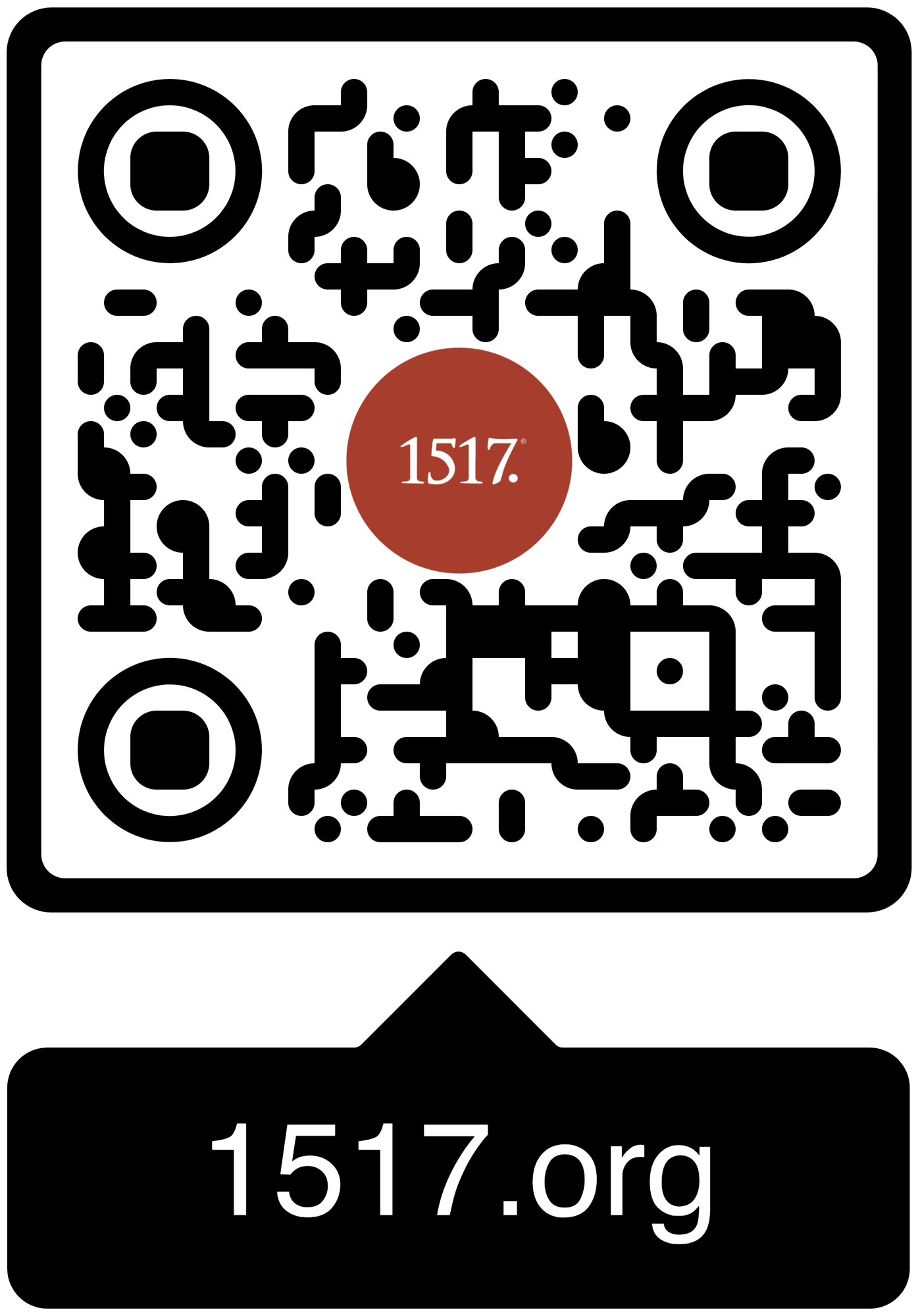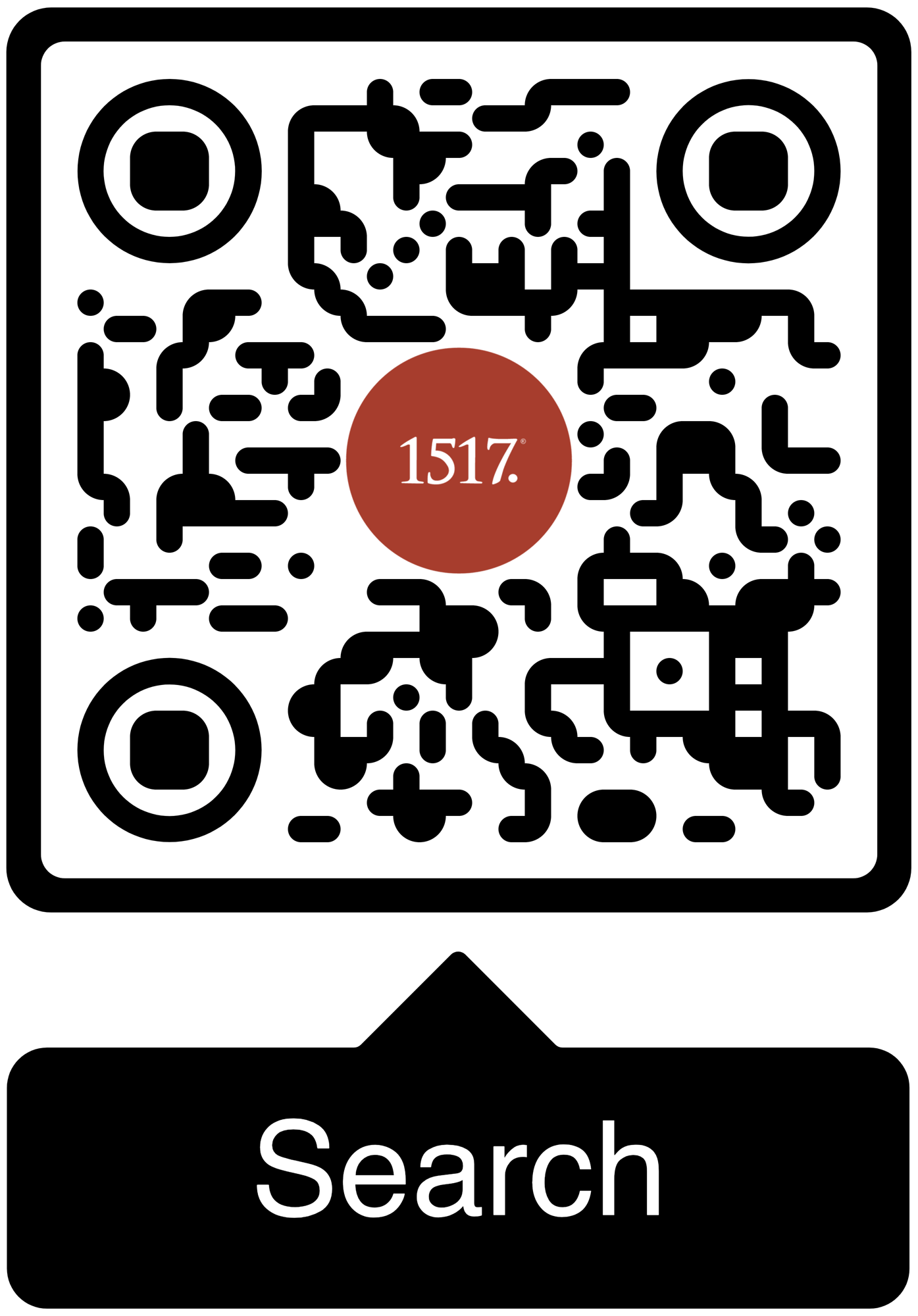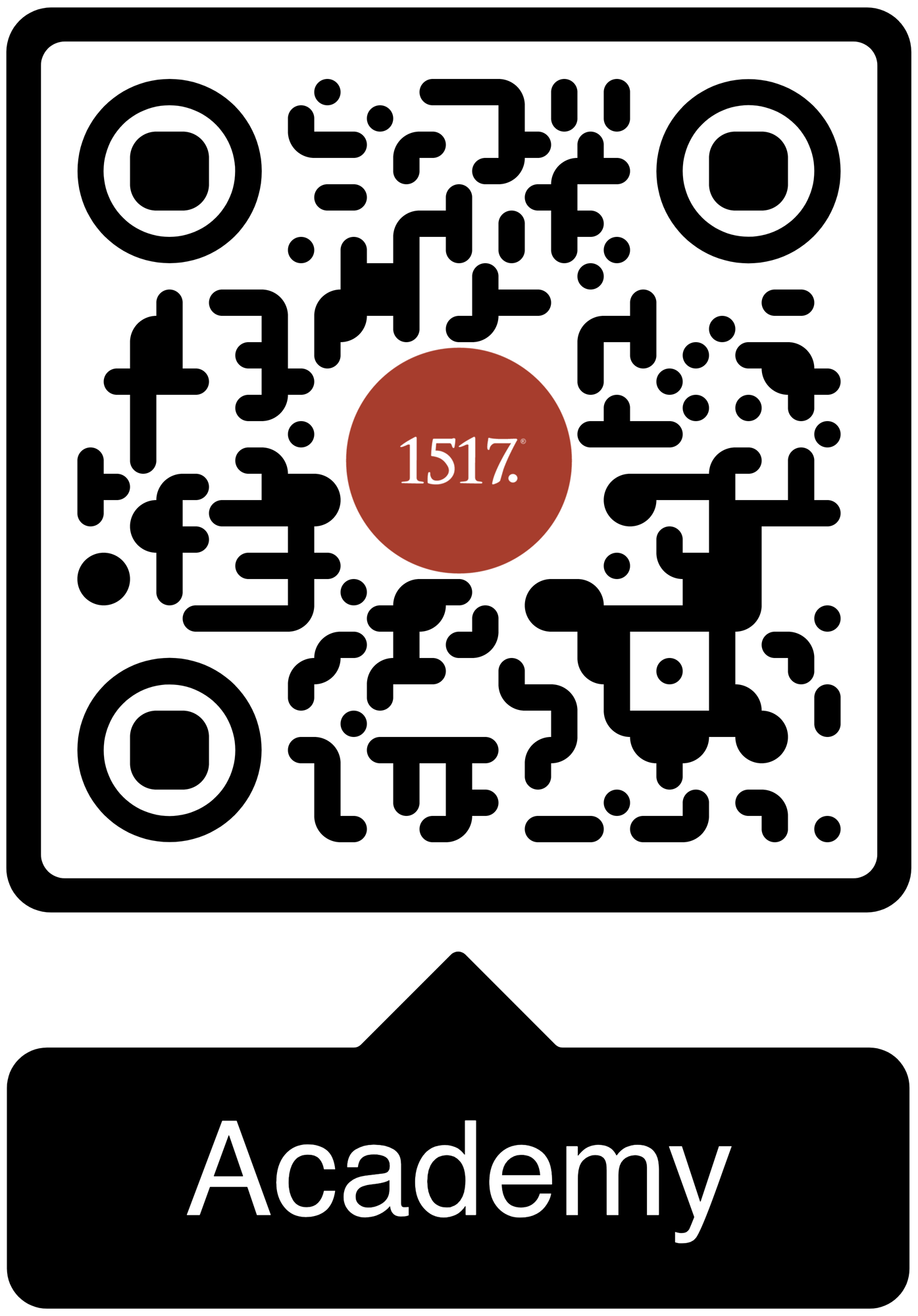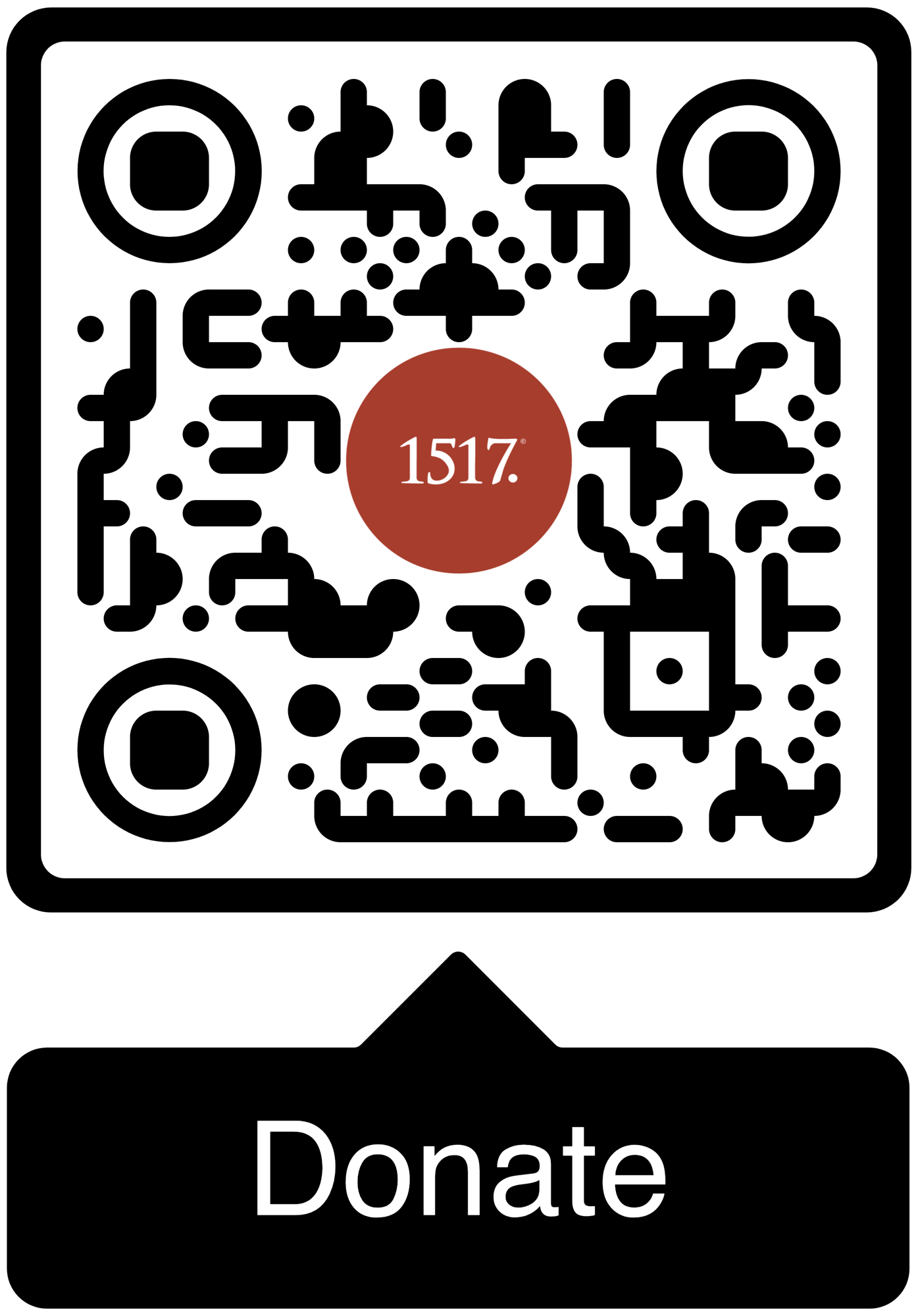Chapter 3 of Habakkuk, which is often referred to as “the Psalm of Habakkuk,” is a song of catharsis, relief, faith, and profound emotion.
07/14/25
God doesn’t just simply give you all the things. He does so because his very own Son came down and earned all the things for you.
All Articles
Author
- All Authors
- 1517 Publishing
- 1517 Staff
- A. A. Just Jr.
- A.J. Vega
- Aaron Boerst
- Adam Francisco
- Adam Stetson
- Amy Mantravadi
- Andrew Foss
- Anthony DiLiberto
- Blake Flattley
- Bob Hiller
- Bob Sundquist
- Bonnie Petroschuk
- Brad Soenksen
- Bradley Gray
- Brandon Hanson
- Brandon Pangman
- Brennan Manning
- Brian W. Thomas
- Bror Erickson
- Bruce Hillman
- C.S. Lewis
- Caleb Keith
- Chad Bird
- Charles E. Fry
- Christopher J. Richmann
- Cindy Koch
- CJ Armstrong
- Craig Donofrio
- Dan Chrismer
- Dan van Voorhis
- Dan Weber
- Daniel Deen
- Daniel Emery Price
- Daniel Stenberg
- David Clay
- David Rufner
- David Schmitt
- Delwyn Campbell
- Dominick Santore
- Donavon Riley
- Edward Killian
- Elyse Fitzpatrick
- Erick Sorensen
- Gage Jordan
- Gerhard Forde
- Grant Klembara
- Greg Koukl
- Gretchen Ronnevik
- Haroldo Camacho
- Hermann Sasse
- Jacob Corzine
- Jacob Smith
- Jake Allstaedt
- Jared C. Wilson
- Jason Lane
- Jason Lang
- Jason Oakland
- Jay Sawrie
- Jeff Mallinson
- Jeffrey Pulse
- Jenifer Mohan
- Jessica Delgado
- Jessica Thompson
- Jim Nestingen
- Joel Fitzpatrick
- Joel Hess
- Joey Goodall
- John Bombaro
- John Bortulin
- John Chrysostom
- John T. Pless
- John W. Hoyum
- John Warwick Montgomery
- Jonathan Ruehs
- Jordan Spina
- Joshua Miller
- Justin Rossow
- Karen Stenberg
- Kathy Morales
- Katie Koplin
- Kelsi Klembara
- Ken Sundet Jones
- Kerri Tom
- Kevin Hale
- Kevin McClain
- Kyle G. Jones
- Larry D. Hughes
- Laura Bauer
- Luke Kjolhaug
- Magnus Persson
- Mariah Coward
- Mark Jasa
- Mark Mattes
- Mark Pierson
- Martin Luther
- Matt Johnson
- Matt Kroelinger
- Matt Popovits
- Michael Berg
- Michael Gibney
- Nicholas Hopman
- Nicholas Kallis
- Norman Nagel
- Paul Dunk
- Paul Koch
- Pete Lange
- Peter Nafzger
- Philip Bartelt
- Preston Sprinkle
- Raleigh Sadler
- Rick Ritchie
- RJ Grunewald
- Robert Farrar Capon
- Robert Kolb
- Rod Rosenbladt
- Roland Ehlke
- Ron Hodel
- Ryan Couch
- Ryan Matthias
- Ryan Stevenson-Cosgrove
- Ryan Tinetti
- Sam Leanza Ortiz
- Sam P. Schuldheisz
- Sarah Crowder
- Scott Davis
- Scott Keith
- Scott Landrum
- Seth Moorman
- Steve Byrnes
- Steve Kruschel
- Steven A. Hein
- Steven Paulson
- StoryMakers NYC
- Tanner Olson
- Tate Barber
- Ted Rosenbladt
- Travis Scholl
- Tyler Cronkright
- Uwe Siemon-Netto
- Valerie Thur
- Wade Johnston
- Walter Hwang
- Wayne Sender
- Zack James Cole
04/06/20
This restoration is understood as a resurrection—restoration/return to the Land is equated with the resurrection to the courts of Heaven.
04/05/20
This text is chosen for Maundy Thursday and involves eating and drinking with God—in His presence, real presence. This is only possible with the shedding of blood.
04/01/20
If you want to stay out of jail, look to the law. If you want into heaven, look to the promise. If you want to earn a paycheck from your boss, work. If you want to receive salvation from your God, believe.
03/29/20
In this text, Isaiah is quite explicit and reflects the suffering and disgrace this Servant will suffer as He faithfully does the will of God.
03/23/20
Long ago, the people of Israel began to sing words of encouragement to each other in times of distress. In their songs, the psalms, are three Hebrew words that provide stability for us. They are more than just words—each one encapsulates the way of God with his people. They serve as helpful handholds in times of stress and upheaval. The words are these: רָפָה (be still), קָוָה (wait), and שָׁמַר (watch).
03/23/20
The people to whom Ezekiel is prophesying are in exile—separated from the Holy Land. To return to the land of Israel is to be resurrected to new life, to be restored.
03/15/20
The preceding pericope uses the metaphor of a “mighty man,” a “warrior” for the LORD and this is not too much of a stretch for us. However, our text begins with the metaphor of a woman in child birth.
03/12/20
Is there, or should there be, a Christian response to COVID-19? I think the answer is yes, but not in the sense that Christians have a silver bullet or cure. Christianity and Christians do, however, have something to offer the world in an era of uncertainty. They have the sure promises of Christ.
03/10/20
The Old Testament often seems like a long lost family--and a rather weird family, at that. How can followers of the Messiah today live our heritage in the Torah, Prophets, and Writings? Here are three simple suggestions.
03/08/20
Certainly, the people of Israel are being stubborn, unfaithful and untrusting but one may wonder if this issue is a deeper one. Are they afraid?
03/01/20
The Church is called to be counter-cultural, to stand out in order that the world might see and hear the truth and be brought into the Kingdom.
02/27/20
What the law is powerless to do, Jesus accomplishes for us. Jesus delivers what the law demands.
1517 is a Christian non-profit (501(c)3) multi-media organization. Our mission is to declare and defend the Good News that we are forgiven and free on account of the death and resurrection of Jesus alone.





1517 grants permission for our free online resources to be printed, photocopied, and otherwise used freely for private and church use. We require that authorship and source (1517.org) are referenced and maintained. These resources may not be sold or included in any publications for sale.


